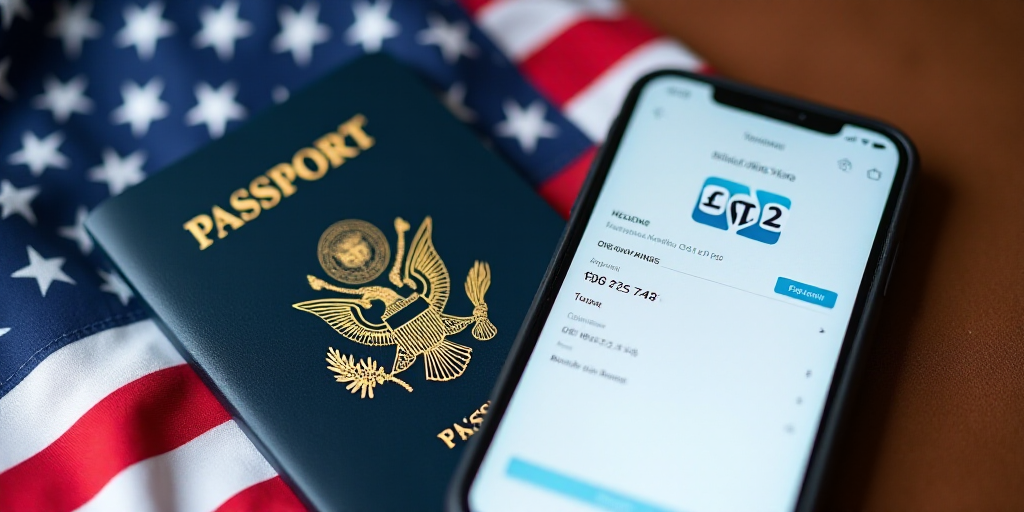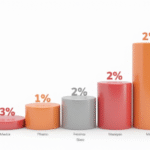Background on the H-1B Visa Program
The H-1B visa program allows foreign workers with specialized skills, such as scientists, engineers, and computer programmers, to work in the United States for up to six years. Each year, the U.S. grants 85,000 H-1B visas through a lottery system. Indian workers account for approximately three-quarters of these visas, which are crucial to technology companies.
Trump Administration’s Decision and Its Impact
President Donald Trump’s administration announced a significant increase in the H-1B visa application fee, setting it at $100,000 per request. This decision threatens to hinder access for thousands of Indian students and workers to the U.S. labor market, where they constitute the majority of H-1B visa recipients.
Disappointment and Reevaluation
The substantial fee hike has left many young Indians disheartened, as they had viewed the U.S. as a path to develop their professional careers, particularly in the technology sector. Sudhanva Kashyap, an aerospace engineering student from Bangalore, expressed his disappointment: “My big dream is ruined. When the fee was lower, you could still have hopes and it was easier to transition from a student visa to an H-1B.”
Shashwath VS, a 20-year-old chemical engineering student from Bangalore, stated that he would now consider alternative countries like Germany or the United Kingdom for his studies. He also believes that the new fee is too high for companies to sponsor foreign candidates.
Potential Consequences
Ex-H-1B beneficiaries predict a decrease in migration to the U.S. and an increased interest in European alternatives. The National Association of Software and Information Technology of India (Nasscom) has warned that the measure will affect business continuity and emphasized that Indian firms significantly contribute to the U.S. economy.
Uncertainty and Concerns
Despite the White House clarifying that the payment would be a one-time fee for new applicants only, uncertainty remains among companies and Indian professionals. Their prospects of integrating into their historically favored destination for studying and working have been diminished.
According to data from the U.S. Department of Homeland Security, there were 422,335 Indian students in the U.S. in 2024, an 11.8% increase from the previous year.
Key Questions and Answers
- What is the H-1B visa program? The H-1B visa program allows foreign workers with specialized skills, such as scientists, engineers, and computer programmers, to work in the United States for up to six years.
- How many H-1B visas are granted annually? Each year, the U.S. grants 85,000 H-1B visas through a lottery system.
- Which countries’ workers predominantly receive H-1B visas? Indian workers account for approximately three-quarters of these visas.
- What is the new fee for H-1B visas under the Trump administration? The application fee has been increased to $100,000 per request.
- How have Indian students and workers reacted to the fee hike? Many are disheartened, with some reevaluating their plans to study and work in the U.S., considering alternative countries instead.
- What organizations have expressed concern about the fee hike? The National Association of Software and Information Technology of India (Nasscom) has warned that the measure will affect business continuity and emphasized the significant contributions of Indian firms to the U.S. economy.






